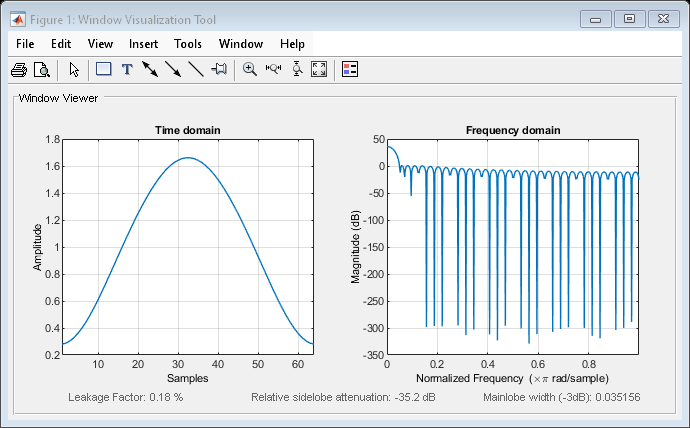taylorwin
테일러 윈도우
설명
예제
입력 인수
출력 인수
알고리즘
테일러 윈도우는 체비쇼프 윈도우와 비슷합니다. 체비쇼프 윈도우는 지정된 사이드로브 레벨에 대해 가능한 가장 좁은 메인로브를 갖지만, 테일러 윈도우를 사용하면 메인로브 폭과 사이드로브 레벨 간에 상호 절충할 수 있습니다. 테일러 분포는 경계 불연속을 방지하므로 테일러 윈도우 사이드로브는 단조 감소합니다. 테일러 윈도우 계수는 정규화되지 않습니다. 테일러 윈도우는 일반적으로 가중 SAR(합성 개구 레이다) 영상 및 안테나 설계와 같은 레이다 응용 분야에 사용됩니다.
참고 문헌
[1] Brookner, Eli. Practical Phased Array Antenna Systems. Boston: Artech House, 1991.
[2] Carrara, Walter G., Ronald M. Majewski, and Ron S. Goodman. Spotlight Synthetic Aperture Radar: Signal Processing Algorithms. Boston: Artech House, 1995, Appendix D.2.
확장 기능
버전 내역
R2006a에 개발됨
